Safety information on ferrite magnets
Read this before you buy ferrite magnets!
Magnets pose a danger to children
Children are often drawn to magnets, especially colourful ones. Sometimes they even resemble real food or candy, increasing the risk of children putting magnets in their mouths and swallowing them. Swallowing multiple magnets at once can cause them to stick together in the digestive system, causing significant harm to the body. Remember: magnets are not toys! Ensure that small children do not play with magnets.
Magnets and electronic equipment
Magnets should always be kept a safe distance from electronic devices like pacemakers, hearing aids, and mobile devices. Ferrite magnets are not as strong and are unlikely to damage the equipment, while neodymium magnets are very powerful and pose a risk to it. To be safe, we recommend keeping both types of magnets away from electronic devices.
Not suitable for clothing
They have a somewhat dull dark grey colour and can rub off when something is rubbed against them. Therefore, ferrite magnets are not suitable for clothing, such as name tags.
Coating and texture
Ferrite magnets do not have a coating. The surface is uneven, and the edges may be bulged. However, the uneven edges do not affect the magnets' carrying capacity.
Ferrite magnets vs. neodymium magnets
Many neodymium magnets are strong enough to demagnetize or even change the poles of ferrite magnets. Therefore, always store ferrite and neodymium separately – at least 22 mm apart.
Transportation
Magnets should always be securely packed before transportation. Ferrite magnets have relatively weak magnetic fields and are easy to shield. More effort is needed to protect neodymium magnets during transport.
Ferrite and neodymium magnets should always be transported at a minimum distance of 22 mm from each other (though 30 mm is recommended). If the distance is not maintained, it could happen that the neodymium magnets demagnetize or even swap the poles of the ferrite magnets.
Fragility
Ferrite magnets can break if subjected to continuous pressure. If magnets break and shatter, they can injure people nearby.
Loss of magnetism
Neither ferrite nor neodymium magnets lose their magnetism on their own. They only become demagnetized if exposed to external factors like intense heat or strong magnetic fields.
Size deviations
The height varies in size by +/- 0.1 mm. The width and length, however, can vary by up to 2%, but at least 0.1 mm.
Temperatures
Ferrite magnets can be used at temperatures between -40 and 250 degrees Celsius (for comparison, most neodymium magnets lose their magnetism at temperatures above +80 degrees Celsius).
Outdoor use
Ferrite magnets are resistant to rust and therefore suitable for outdoor use.
Related products - Safety information on ferrite magnets
-
C-profiles, Magnetic signs 40x10 mm, 10 pack
MAGZ-217-C
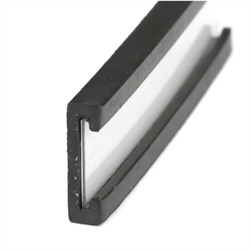
4,32 5,40 EUR
In stock -
Ferrite magnet, Disc 10x5 mm.
MAGZ-1003-F
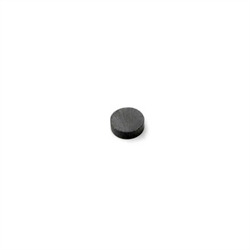
Strength 300 g. 0,88 1,10 EUR
In stock -
Football magnets, 4 pack
MAGZ-420-K
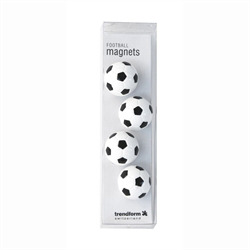
Strength 400 g. 8,48 10,60 EUR
In stock -
Legamaster Office Magnet, Blue Ø35 mm.
MAGZ-847-L
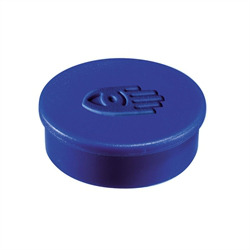
Strength 2.5 kg. 2,28 2,85 EUR
In stock -
Magnetic sheet A4, Yellow
MAGZ-199-P

5,28 6,60 EUR
In stock -
Magnetic pocket 6x9 cm, Black
MAGZ-012-H

1,60 2,00 EUR
In stock -
Magnetic foil, White 10 mm. x 1 m.
MAGZ-213-M
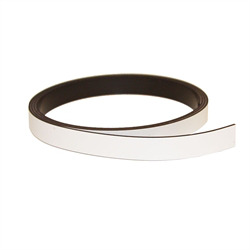
3,24 4,05 EUR
In stock -
Power magnet, Block 10x5x1 mm, Gold
MAGZ-104-G
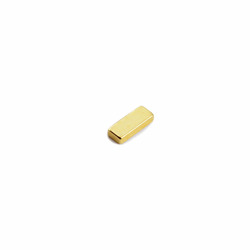
Strength 650 g. 1,08 1,35 EUR
In stock -
Power magnet, Block 8x8x4 mm.
MAGZ-096-P
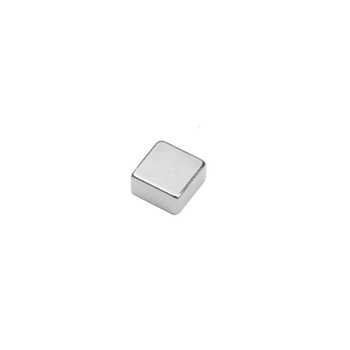
Strength 1.5 kg. 1,84 2,30 EUR
In stock -
Power magnet, Disc 12x4 mm.
MAGZ-071-P
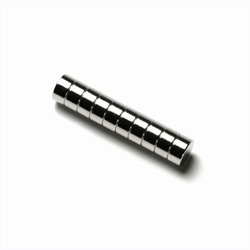
Strength 2.8 kg. 2,16 2,70 EUR
In stock -
Power magnet, Disc 30x3 mm.
MAGZ-104-P
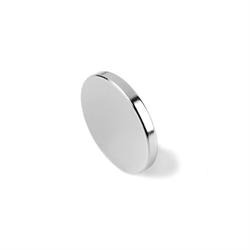
Strength 6.1 kg. 4,08 5,10 EUR
In stock -
Power magnet, Disc 6x3 mm.
MAGZ-132-P
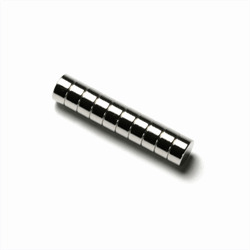
Strength 900 g. 1,28 1,60 EUR
In stock -
Power magnet, Rod 4x10 mm. SPECIAL
MAGZ-078-P
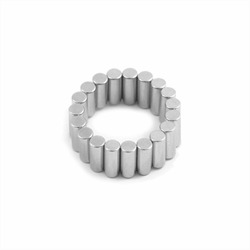
Strength 1.0 kg. 1,08 1,35 EUR
In stock -
Powerful magnet "LUDO", Orange
MAGZ-190-K

Strength 1.5 kg. 2,48 3,10 EUR
In stock -
Rubber magnet, Disc 22x11 mm.
MAGZ-043-R
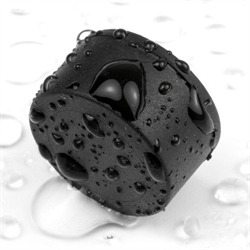
Strength 7.1 kg. 5,40 6,75 EUR
In stock -
Strong office magnet, White Triangle
MAGZ-304-K
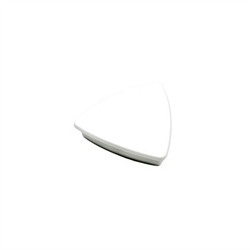
Strength 1.5 kg. 2,04 2,55 EUR
In stock -
Magnetic collector Flex, 500 mm.
MAGZ-1203-V
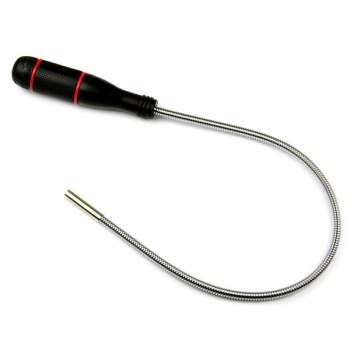
Strength 600 g. 10,20 12,75 EUR
In stock -
Power magnet, Ring 6x2x2 mm. (neodymium)
MAGZ-145-P
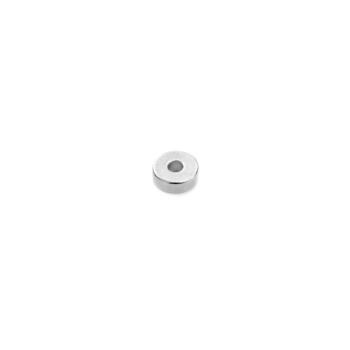
Strength 760 g. 0,64 0,80 EUR
In stock -
Power magnet, Disc 8x2 mm., Gold
MAGZ-4006-G
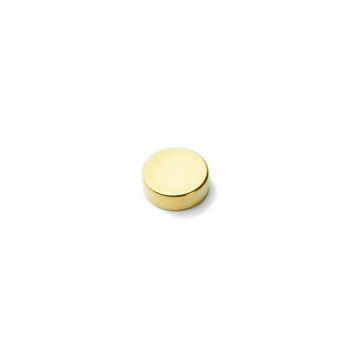
Strength 1.1 kg. 1,40 1,75 EUR
In stock -
BNT Office Magnet, Red Ø30 mm. (6-pack)
MAGZ-312-BNT

Strength 300 g. 2,68 3,35 EUR
In stock -
Countersunk channel magnet 15x15x4 mm.
MAGZ-169-P
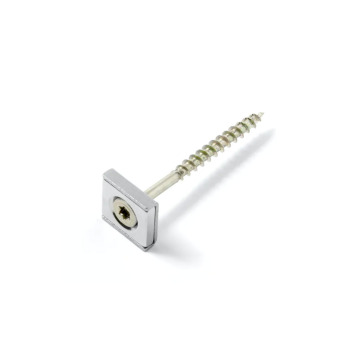
Strength 5.5 kg. 3,64 4,55 EUR
In stock -
Magnetic bowl for nails & screws, Ø148 mm (large)
MAGZ-1438-U
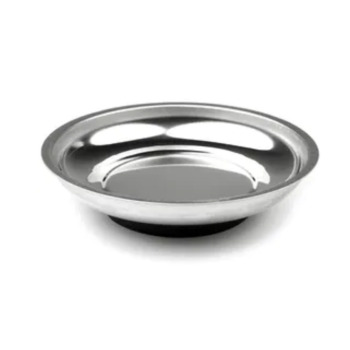
7,40 9,25 EUR
In stock -
RAINBALL, 8-pack - fridge magnets
MAGZ-646-K
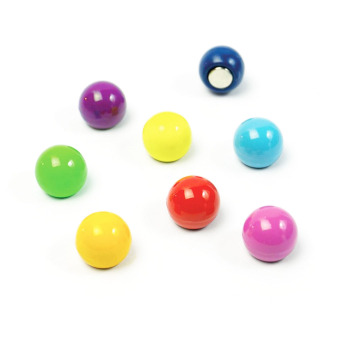
Strength 500 g. 9,12 11,40 EUR
In stock -
TIMBER ROUND magnets, 5-pack - fridge magnets
MAGZ-429-K
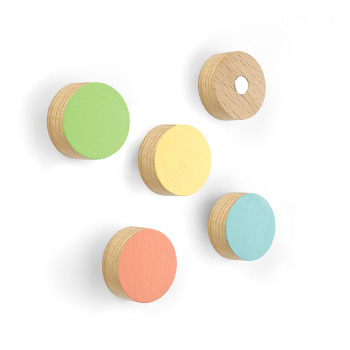
Strength 400 g. 10,20 12,75 EUR
In stock -
CUBE magnets w. cover 10x10x10 mm. (4-pack)
MAGZ-479-K
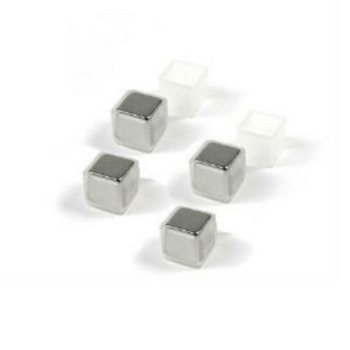
Strength 3.2 kg. 12,56 15,70 EUR
In stock -
CUBE power magnets 8x8x8 mm., 6 pack, silver
MAGZ-690-K

Strength 1.5 kg. 12,80 16,00 EUR
In stock -
GOAT magnets 5 pack - Fridge magnets
MAGZ-597-K
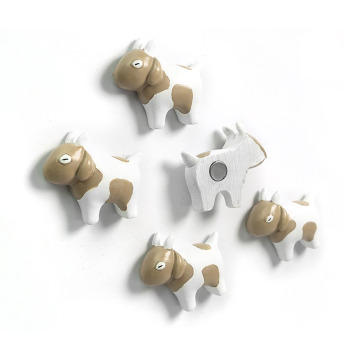
Strength 400 g. 10,60 13,25 EUR
In stock -
Work Gloves, HandyFit size S/7
MAGZ-007-V

3,08 3,85 EUR
In stock -
Magnetic tape, Grey, 50 mm x 1 m, Self-adhesive
MAGZ-222-M
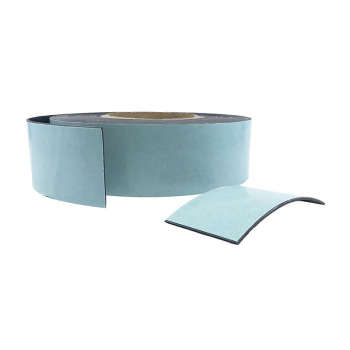
11,28 14,10 EUR
In stock -
Pot magnet w. threaded stud, Ø48 mm.
MAGZ-1408-U
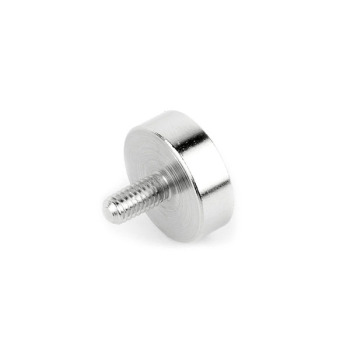
Strength 85.0 kg. 16,64 20,80 EUR
In stock -
D-Shape 2-rings Ring Binder Mechanism WITHOUT MAGNETS
SPEC-7010-UM
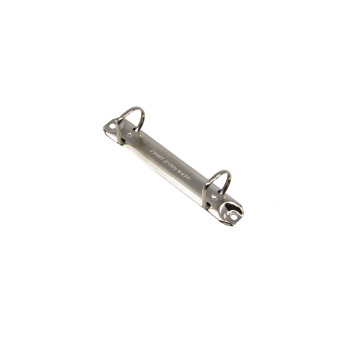
Not a magnet 2,20 2,75 EUR
In stock -
UHU double-sided tape (roll 1.5 meters)
MAGZ-721-L
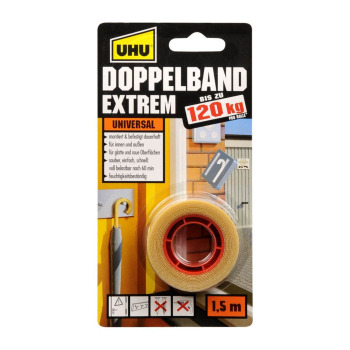
14,92 18,65 EUR
In stock -
Countersunk magnet 50x4 mm. (neodymium)
MAGZ-165-P
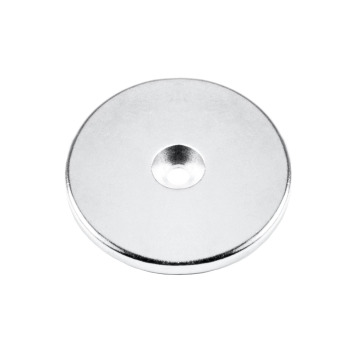
Strength 14.0 kg. 11,40 14,25 EUR
In stock -
C-profiles, Magnetic signs 60x20 mm, 10 pack
MAGZ-218-C

5,40 6,75 EUR
In stock -
Ferrite magnet, Disc 12x5 mm.
MAGZ-1006-F
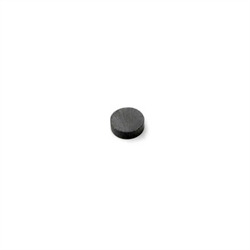
Strength 400 g. 0,96 1,20 EUR
In stock -
Ladybird magnets, 6 pack - fridge magnets
MAGZ-448-K
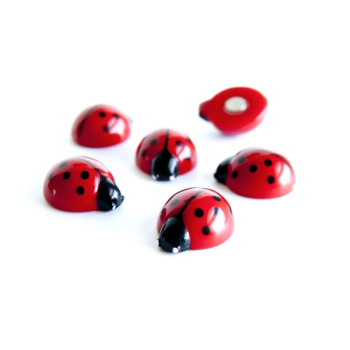
Strength 400 g. 10,60 13,25 EUR
In stock
If you have any other questions, please browse through our FAQ or contact our support team